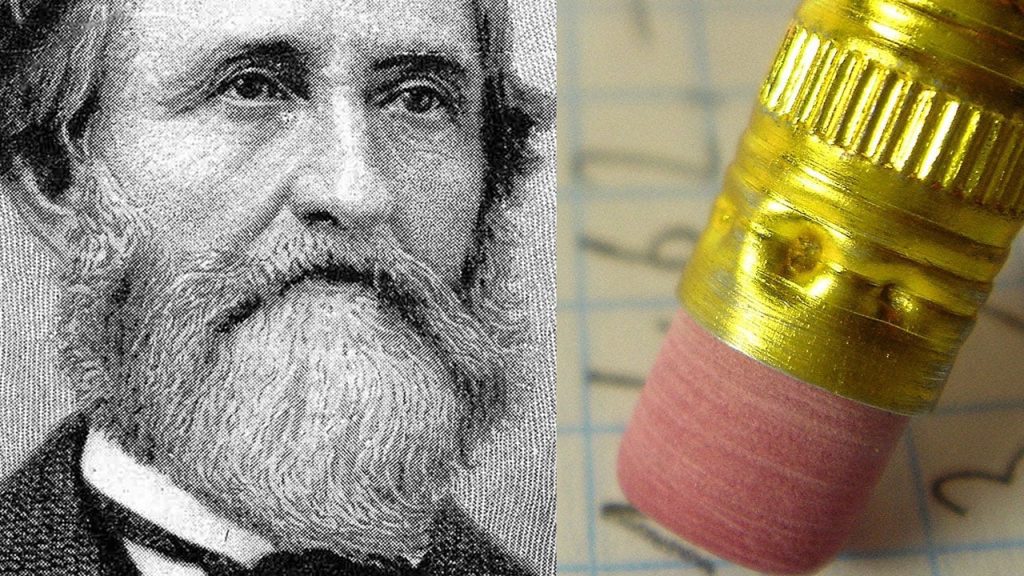On March 30, 1858, Hymen L. Lipman secured a patent for the pencil with an eraser, providing a valuable tool for mistake-prone individuals such as schoolchildren, draftsmen, and artists. Lipman, a Jamaican-born inventor, immigrated to the United States and reimagined everyday objects, including being America’s first envelope manufacturer. He also introduced adhesive to envelope flaps to make sealing easier and had other innovative ideas such as eyelet binding for papers and producing blank postcards. Lipman’s pencil with an eraser marked a significant contribution to pencilcraft and became widely popular following the Civil War.
The earliest writing tool made with lead, similar to a stylus, dates back to antiquity in civilizations such as the Egyptian and Roman Empires. However, the graphite pencil gained popularity in the 16th century following the discovery of graphite deposits in northern England. Graphite had advantages over lead, including not being poisonous, and became a sought-after material for pencils. German miners from Keswick made progress mining graphite in the early 16th century, leading to the birth of mass-produced pencils in Nuremberg, Germany in 1662. American settlers depended on imported pencils until William Monroe made America’s first wood pencils in 1812.
Despite being commonly known as lead pencils, the writing instruments are actually made with non-toxic graphite. The pencil industry saw significant growth during the 19th-century industrial revolution, with companies like Faber-Castell and Steadtler driving innovation. Henry David Thoreau, a renowned Concord resident, was known for his pencil-making prowess, as were other prominent figures such as Leonardo da Vinci, Benjamin Franklin, and Meriwether Lewis. Lipman’s innovation of attaching an eraser to a pencil was a breakthrough, despite initially slow sales. The start of the Civil War in 1861 led to an increased demand for pencils, benefiting manufacturers like Lipman.
The war created a booming market for pencil manufacturers, leading to increased demand for pencils by the military, industry, and government bureaucracy. Joseph Reckendorfer recognized the potential of Lipman’s pencil with an eraser and bought the patent rights for $100,000 in 1862, making Lipman a wealthy man. The invention of the pencil with an eraser revolutionized writing and drawing practices, making it easier for individuals to correct mistakes without the inconvenience of separate erasers. Lipman’s innovative idea continues to be a staple in pencil design today, marking a significant contribution to the history of writing instruments.
Lipman’s pencil with an eraser was a game-changer for individuals who relied on writing instruments for various purposes, including schoolwork, drafting, and artistic endeavors. The convenience of having an eraser attached to the pencil made it easier to correct mistakes without the need for separate erasers. The success of Lipman’s invention following the Civil War highlights the impact of historical events on the fortunes of inventors and entrepreneurs. Lipman’s patent for the pencil with an eraser remains a testament to the power of innovative thinking and practical solutions to everyday challenges.


